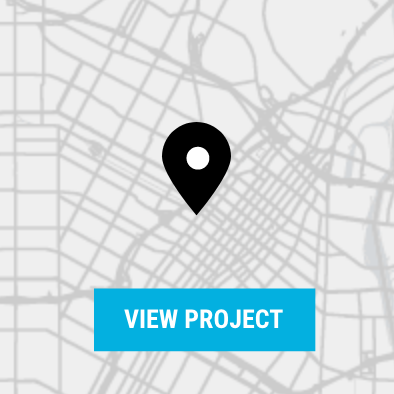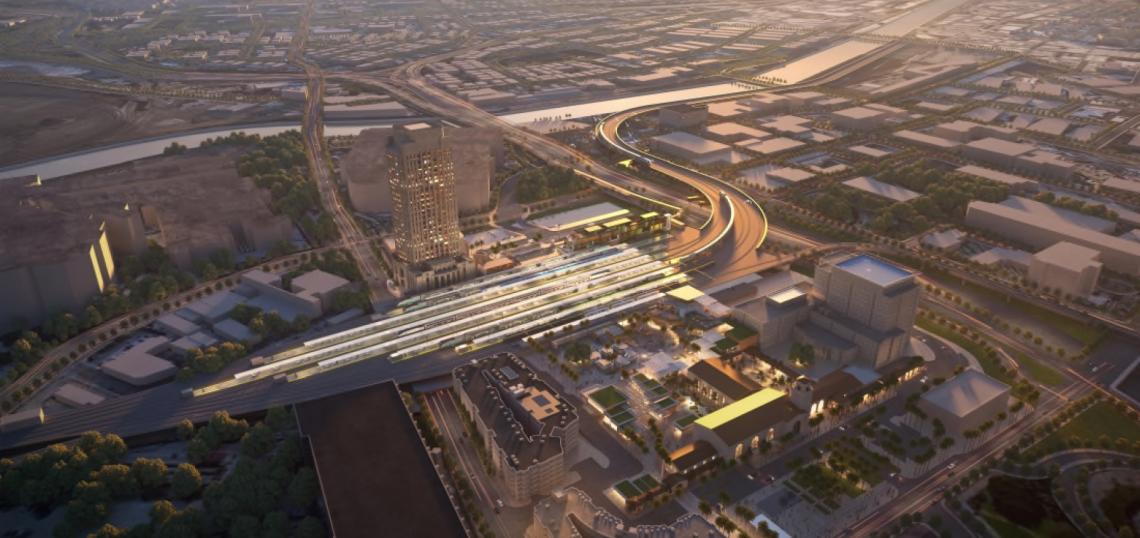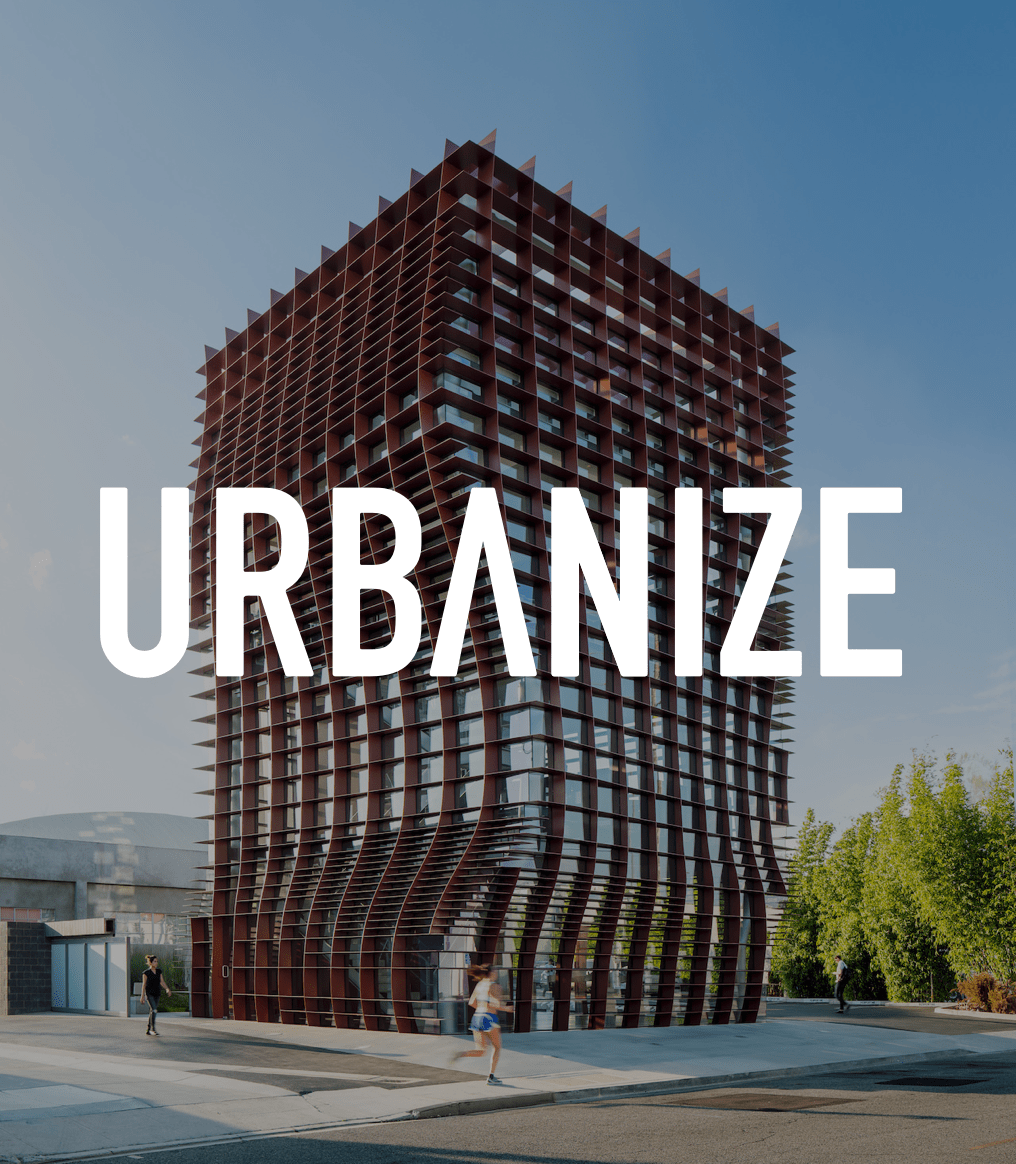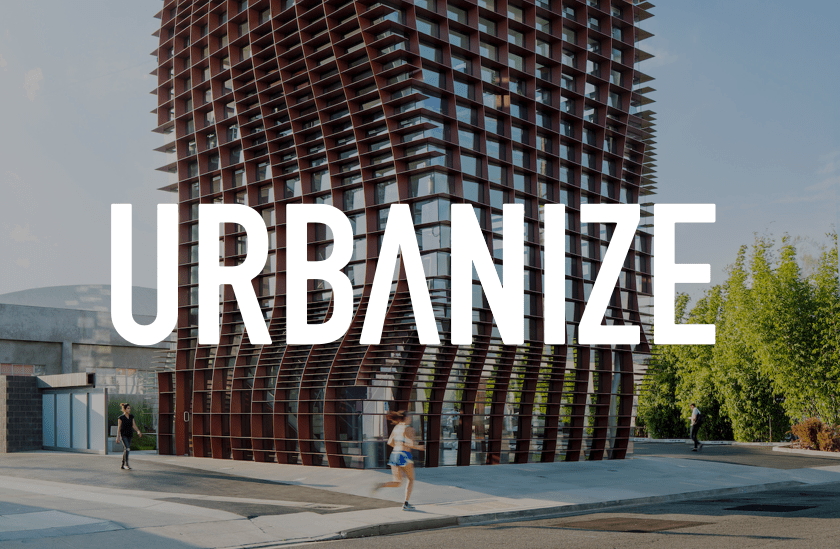The long-running effort to add run-through tracks to Union Station has cleared another hurdle.
This week, the Metro Board of Directors approved a supplemental environmental study for the Link Union Station project, which would enable through-routing at the historic passenger rail hub while also expanding its interior. Completion of the project would enable one-seat rides between Orange and Ventura Counties on Metrolink, as well as between San Diego and San Luis Obispo on Amtrak's Pacific Surfliner.
The centerpiece of the project is a new rail viaduct which would carry four tracks running south from the rail yard toward existing main line tracks along the bank of the Los Angeles River. Eight existing tracks used by Amtrak and Metrolink would have access to the viaduct. In addition, plans call for replacing the existing pedestrian passageway below the station platforms with a new, larger passageway.
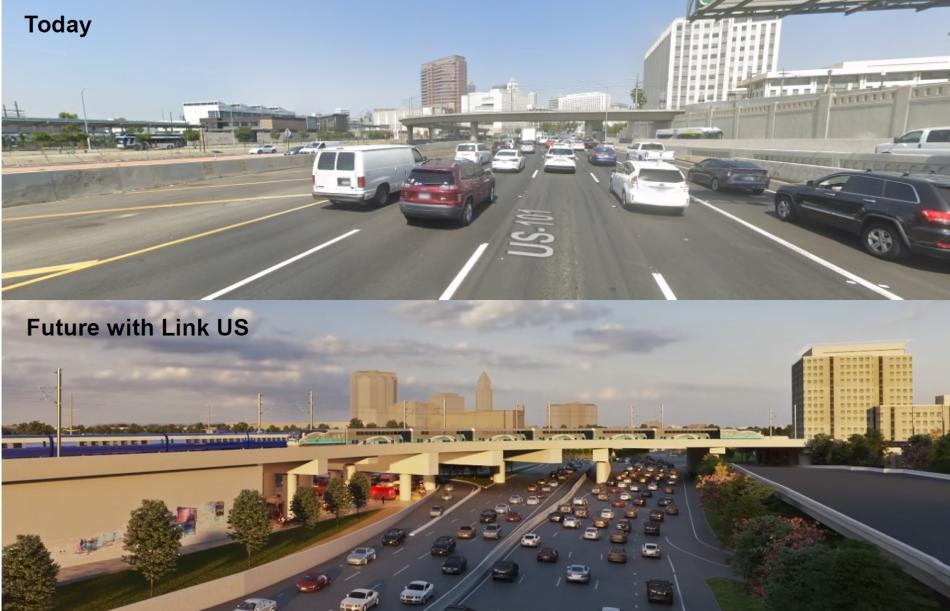 Before-and-after view of the US-101 Freeway with and without Link Union Station run-through tracksMetro
Before-and-after view of the US-101 Freeway with and without Link Union Station run-through tracksMetro
Since the initial approval of the project's environmental impact report in 2019, Link Union Station has undergone modifications and value engineering to reduce its price tag. That includes new plans to maintain the existing Vignes Street Bridge at the north side of the rail yard, with Metro instead opting to build an additional lead track within the rail yard. Additionally, only four passenger platforms are to be raised within the rail yard, in lieu of six previously planned. That would provide two platforms for Metrolink and Amtrak trains, two platforms for future California High Speed Rail Service, and two remaining tracks without access to the run-through viaduct which will be used by Metrolink and Amtrak.
Additionally, Metro now plans to expand the existing passageway below the rail yard to 100 feet in width, in lieu of earlier plans for a 140-foot-wide tunnel. Additionally, an earlier proposal to build a canopy spanning the entire rail yard has been scrapped, with Metro instead opting to maintain and expand existing butterfly canopies.
The project's main obstacles moving forward are likely to be funding, and potentially a looming legal threat from the City of Vernon. Streetsblog reports that the first phase of the project is anticipated to cost $3 billion - far outstripping the $1 billion Metro has secured for construction. Likewise, the City of Vernon has objected to proposed modifications to a BSNF rail yard within its boundaries, and has raised the prospect of suing Metro to block construction.
"Early construction" for the viaduct is expected to kick off in Spring 2026, per Streetsblog.
Follow us on social media:
Twitter / Facebook / LinkedIn / Threads / Instagram / Bluesky
- Link Union Station (Urbanize LA)




